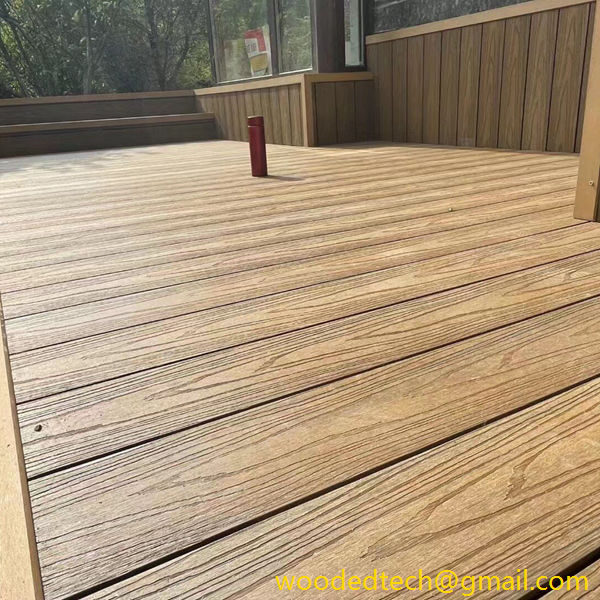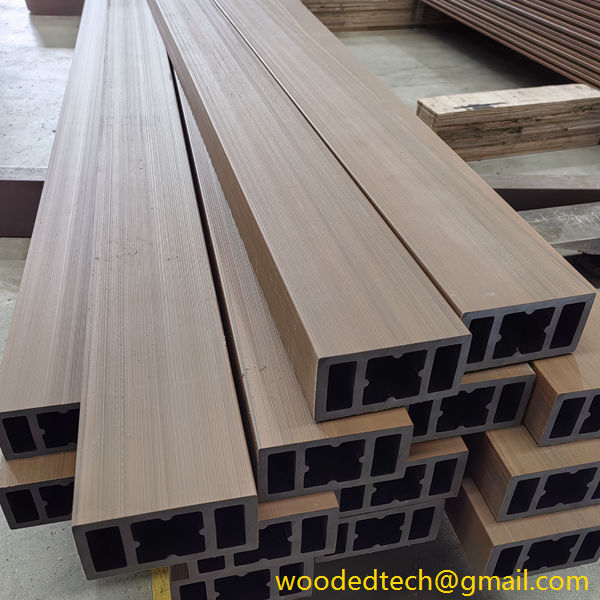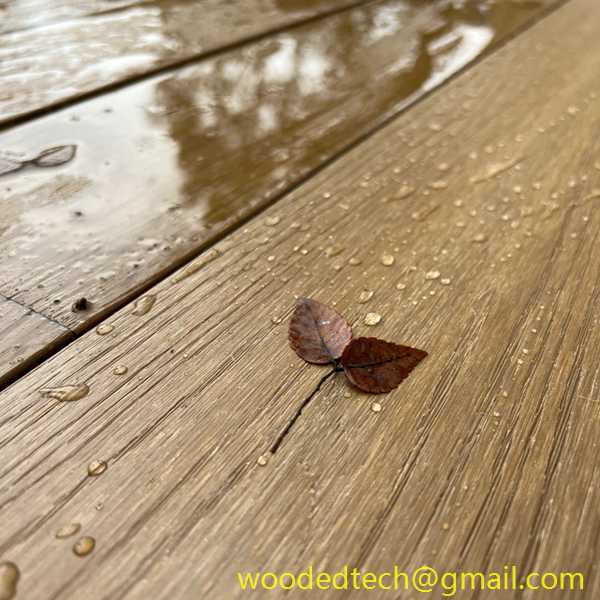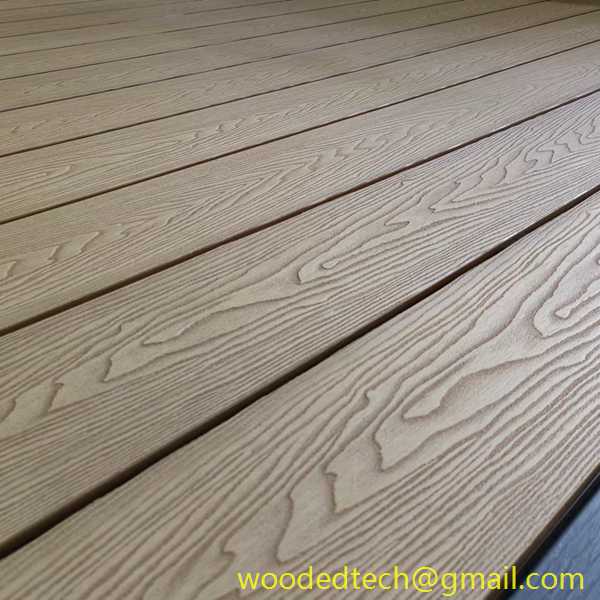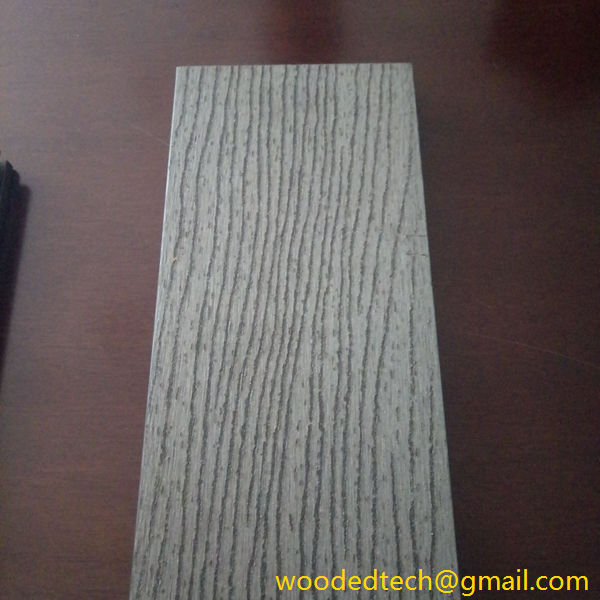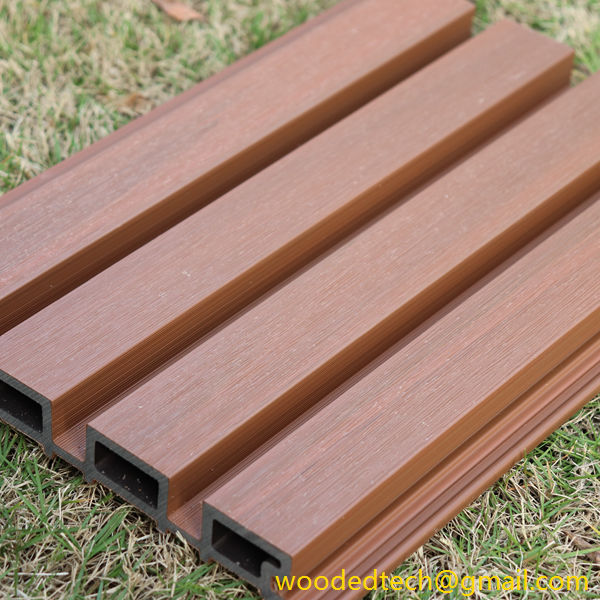is wood or Composite decking better
Composite decking beats wood decking: maintenance-free, paint-free and long-term cost sharing advantages
In modern society, the choice of floor materials is becoming more and more diverse. As two common floor materials, wood decking and Composite decking have received widespread attention from consumers. So, which one is better, wood decking or Composite decking? This article will conduct a detailed analysis from the three aspects of maintenance-free, paint-free and long-term cost sharing to reveal the advantages of Composite decking in these three aspects.

1. Maintenance-free advantages
1. Wood decking
Wood decking needs regular maintenance during use, including polishing, painting, waxing, etc. These maintenance tasks are time-consuming and labor-intensive, and require professional technology and equipment. If improperly maintained, wood decking is prone to wear, cracking, deformation and other problems, affecting its appearance and lifespan.
2. Composite decking

Composite decking has the advantage of maintenance-free. It uses high-tech materials and has good wear resistance, UV resistance, moisture resistance, and insect resistance. In daily use, it can be easily cleaned with water and ordinary detergent, avoiding the tedious maintenance process of wood decking.
2. Advantages of no paint
1. Wood decking
Wood decking needs to be painted after laying to protect the wood from moisture, wear and tear. However, the paint surface is easily scratched and worn, resulting in a decrease in beauty. Moreover, it needs to be repainted every once in a while to maintain its beauty.
2. Composite decking
Composite decking has been added with anti-corrosion, anti-ultraviolet and other additives during the production process, giving it excellent weather resistance and stability. Therefore, Composite decking does not need to be painted, which saves time and energy and avoids the pollution of paint to the environment.

3. Advantages of long-term cost sharing
1. Wood decking
Wood decking is relatively cheap when purchased, but considering its maintenance cost, service life and other factors, the cost of wood decking is not low in the long run. First of all, wood decking requires regular maintenance, including sanding, painting, waxing, etc., and these costs are a considerable expense when accumulated. Secondly, the service life of wood decking is relatively short, generally 10-20 years, and it needs to be re-laid after expiration, which increases long-term costs.
2. Composite decking
Composite decking is slightly more expensive than wood decking when purchased, but its long-term cost sharing advantage is obvious. First, Composite decking is maintenance-free, saving a lot of maintenance costs. Second, Composite decking has a long service life, generally 20-30 years, or even longer. This means that in the same period of use, Composite decking is more cost-effective.

In summary, from the three aspects of maintenance-free, paint-free and long-term cost sharing, Composite decking has obvious advantages. When choosing floor materials, consumers can give priority to Composite decking according to their needs and actual conditions. Of course, wood decking also has its unique charm and texture. For families pursuing a natural style, wood decking is also a good choice. But in actual use, Composite decking is more cost-effective and more suitable for the needs of modern families.

